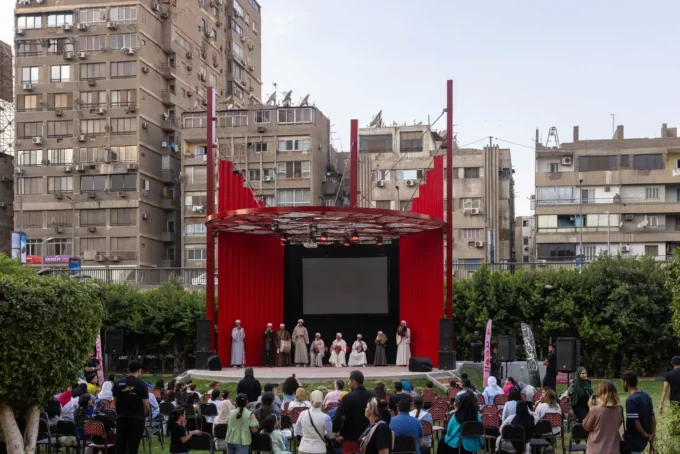Located at the southern entrance of the Dardanelles on the European coast of Turkey’s Gallipoli Peninsula, Seddülbahir Fortress stands as a remarkable testament to Ottoman fortification, layered history, and the complex relationship between architecture and war. Originally commissioned in the mid-17th century by Hatice Turhan Sultan, mother of Sultan Mehmet IV, the fortress—named “Seddülbahir” or “Wall of the Sea”—was strategically positioned to defend the naval route from the Aegean Sea to Istanbul, then the capital of the Ottoman Empire.
Over centuries, this fortification bore witness to natural wear and seismic activity, yet it remained relatively intact until the 20th century. However, during World War I, particularly during the Gallipoli campaign, the fortress was subjected to heavy bombardment by the Allied Forces. The structural toll was severe: masonry towers were razed, inner structures collapsed, and its surrounding village was nearly obliterated. Despite this, the fortress persisted as a military outpost until 1997. From that year forward, a transformation spanning 25 years began—a slow, deliberate, and scholarly effort to restore, conserve, and reimagine the Seddülbahir Fortress for public engagement and national memory.

A Collective and Interdisciplinary Effort
The restoration of Seddülbahir Fortress is the result of a multi-disciplinary collaboration involving architects, engineers, architectural historians, archaeologists, oral historians, museologists, and landscape designers. Working in coordination with universities and Turkish governmental ministries, the team approached the fortress not as a singular historic object to be polished and displayed, but as a palimpsest of war, resilience, and peace.
The methodology was rooted in extensive archival and geodesic research, archaeological excavations, and close attention to the conservation ethics of reversibility, legibility, and respectful intervention. This careful process culminated in the fortress’s public reopening on March 18, 2023—symbolically aligning with the date of the Gallipoli Naval Victory and commemorating the profound sacrifices made on the peninsula.

Ruins as Memory, Restoration as Dialogue
Today, the Gallipoli Peninsula is characterized by tranquil, contemplative cemeteries and pristine monuments. While these spaces offer solemn beauty, they often mask the intensity of the destruction once experienced. At Seddülbahir Fortress, however, a different narrative is offered—one that acknowledges ruin, trauma, and the violent impact of war on both architecture and landscape.
Two of the fortress’s key features—the West and South Towers—have been deliberately left in ruined condition, functioning as powerful lieux de mémoire. Rather than restore these towers to an idealized past, the architects preserved their current state to bear witness to the destruction of World War I. These gestures invite visitors to not only reflect on military history but also on the fragility of the built environment in the face of conflict.

Subtle Interventions, Powerful Expressions
Where reconstruction was needed, the design team opted for delicate and reversible additions rather than replicative pastiche. The Main Gate and the Domed Building—two structures whose original forms were largely lost—are suggested rather than reconstructed. Using light timber silhouettes, these interventions evoke the memory of the past without claiming false authenticity. The slatted wooden gate, for instance, allows light and air to permeate the entrance, poetically signaling life, continuity, and hope.
This commitment to reversibility and material honesty—a core principle in modern conservation—ensures that future generations can reinterpret or even undo today’s interventions without damaging the original layers of history. The limited use of timber also echoes the Ottoman construction traditions, drawing a respectful line between past and present.

A New Museum and Contemporary Layers
Replacing derelict military barracks from the 1960s, a new museum building forms an important part of the fortress’s contemporary identity. Exhibiting archaeological artifacts and integrating an Ottoman-era road that cuts through its footprint, the museum offers visitors tangible links to the site’s multilayered past. Architecturally, it blends discreetly into its surroundings—the use of new masonry blocks deliberately resonates with the fortress’s historic walls, minimizing visual disruption and grounding the structure in its context.
Looking Forward: A Fortress for the Living
Beyond its roles as a historic landmark and a commemorative site, the Seddülbahir Fortress has been reimagined as a living space. The complex includes an artist’s workshop, a redesigned village square, and open public areas that serve both visitors and the local community. It is a space for education, creativity, remembrance, and civic engagement—projecting a future rooted in peace while honoring the profound scars of war.
In its restored form, the Seddülbahir Fortress is not merely a relic of military defense; it is a contemporary dialogue between architecture and memory. Through minimal yet meaningful design, KOOP Architects + AOMTD have created a place that encourages visitors to reflect on the human cost of conflict and the enduring power of architectural stewardship.
Photography: Egemen Karakaya
- Adaptive reuse of ruins
- Architectural palimpsest
- Architecture and war memory
- Architecture of remembrance
- Contemporary interventions in heritage
- Fortress museum design
- Gallipoli Peninsula architecture
- Heritage site restoration project
- Historic fortress conservation
- KOOP Architects + AOMTD
- Memorial architecture Turkey
- Modern conservation techniques
- Ottoman fortification restoration
- Ottoman military architecture
- Peace and war memorial design
- Public space in historic sites
- Restoration ethics in architecture
- Reversible architectural interventions
- Seddülbahir Fortress restoration
- WWI architectural heritage



































Leave a comment